Anyone who produces a mosaic is aiming atEternity. This is the property of this material. Several decades and even several centuries are not a period for it. But the most amazing thing about mosaic is not its durability, but its ability to return from oblivion, surprising the world with its novelty again and again. When in 1956, on the wave of the economic boom in Italy, Renato Bisazza opened his smalt production, he began by expanding its color palette and trying to adapt ancient images to modern life, transferring meanders, garlands, palmettes and mascarons to the homes of his contemporaries. However, the phenomenon of the Bisazza company is not that it reminded us of the unearthly mosaic azure under the domes of early Christian churches in Ravenna. And not in the abundance of blinding gold. Bisazza is not the only factory that has revived ancient technologies. It earned its fame by experimenting with them.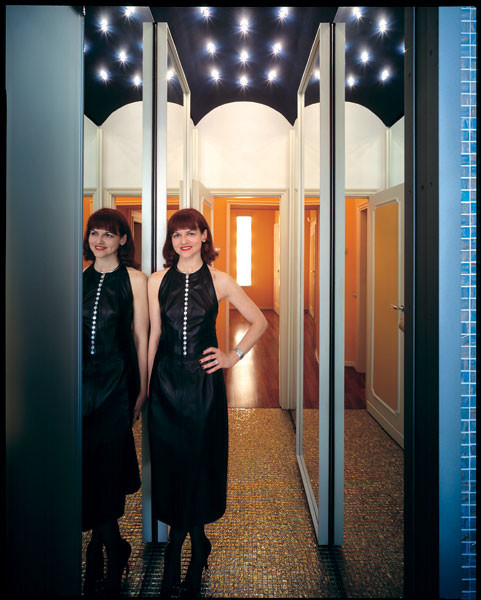 World of Mosaic
World of Mosaic
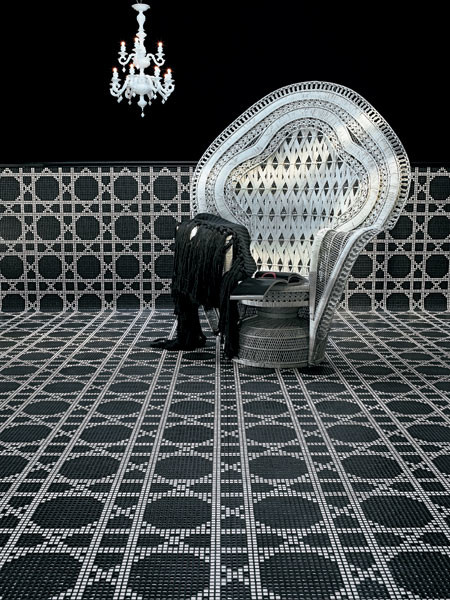
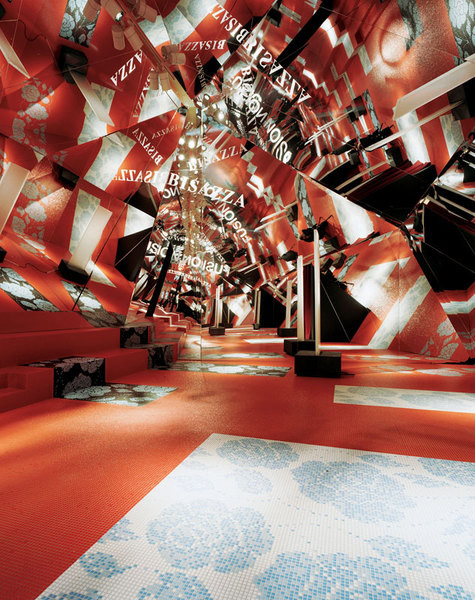
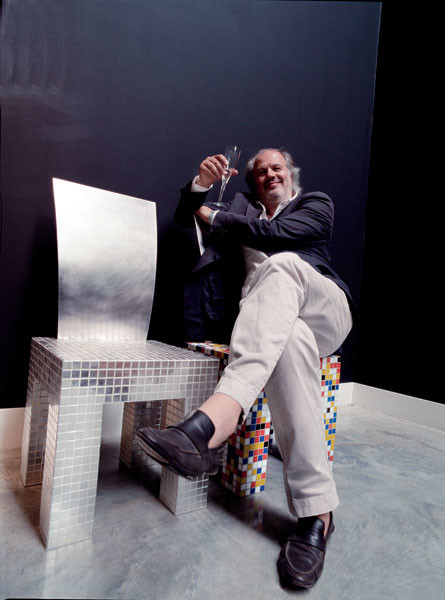
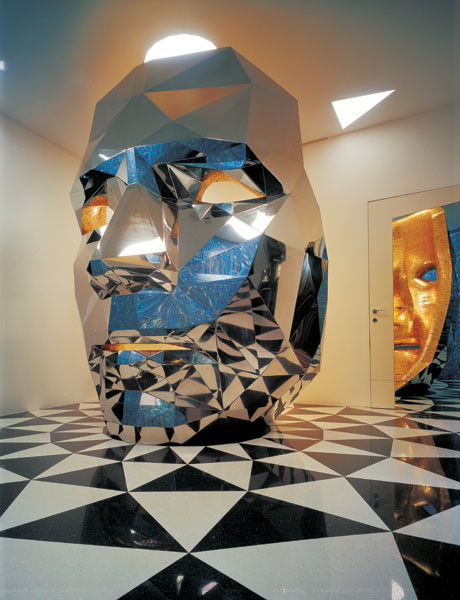 In the 80s, Renato’s son, Piero, came to the factory.who decided to finally shake the dust of tradition off the glass mosaic, while preserving all the most valuable things that its history is rich in. He made Alessandro Mendini, one of the most radical designers of that time, the company's art director. From that moment on, a new era of Bisazza began. The company's image became not just avant-garde, but scandalous.
In the 80s, Renato’s son, Piero, came to the factory.who decided to finally shake the dust of tradition off the glass mosaic, while preserving all the most valuable things that its history is rich in. He made Alessandro Mendini, one of the most radical designers of that time, the company's art director. From that moment on, a new era of Bisazza began. The company's image became not just avant-garde, but scandalous.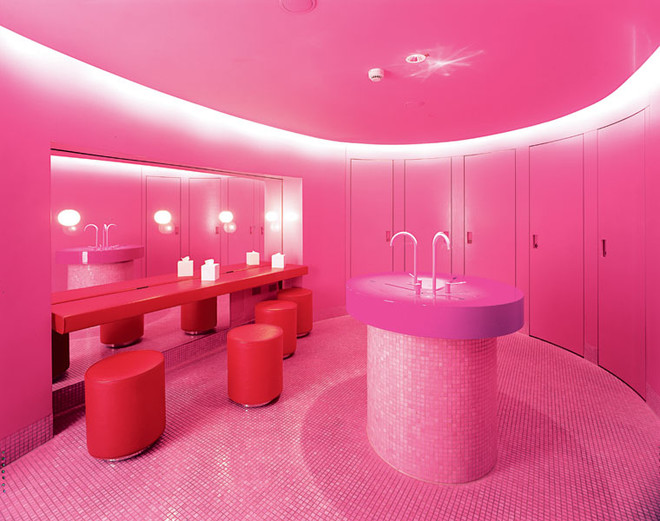
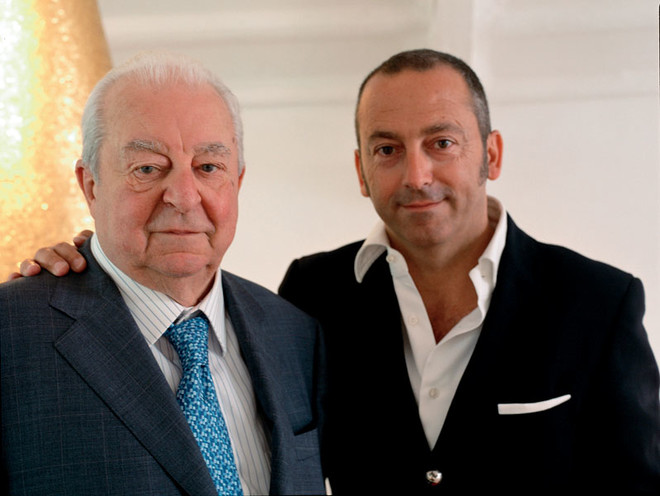

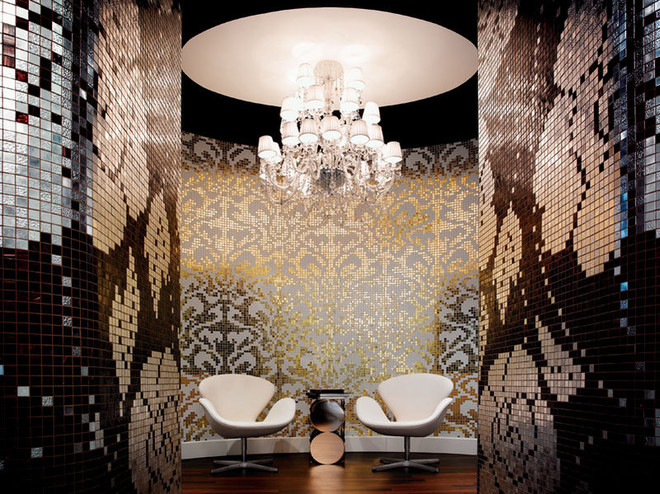
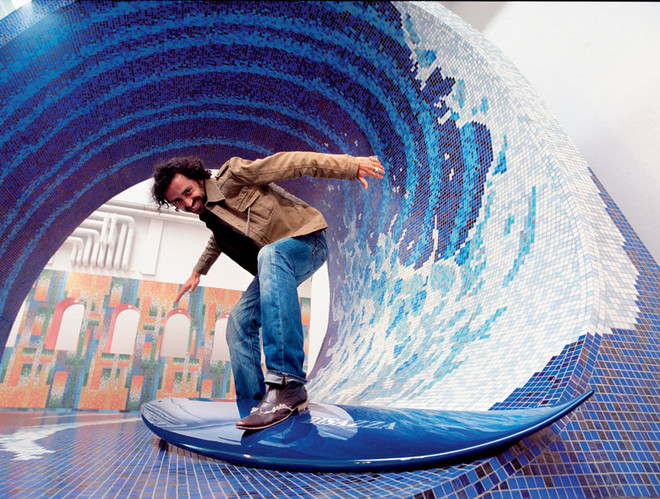
 The next breakthrough in Bisazza's history could beconsider the year 2000. The company hired the architect Fabio Novembre, known for his extravagant antics, and set him the task of making the world talk about Bisazza. The passionate Italian took up the task with zeal. In a few years, amazing retail outlets appeared in all the fashion capitals of the world. Passers-by would stick to their windows for a long time, unable to take their eyes off the giant golden masks and mosaic waves rising to the ceiling. The new Bisazza showrooms in Berlin and New York were so out of the ordinary that at first even their heads were spinning. Before everyone had time to get used to Novembre's exercises, the company called on another original to help him - Marcel Wanders. He came up with something unheard of: he made the mosaic move! He laid out a car with it. And not a fake one. You can drive it. True, it's not far - to the first traffic cop. A Mini Cooper, completely covered with small tesserae, theoretically capable of bouncing right into a pedestrian's eye, alas, would not have been able to pass a technical inspection in any country in the world. So the extraordinary vehicle had to be content with the role of an art object. However, Bisazza has always refused to recognize the boundaries between art and industry. Benches and chairs made from Aldo Cibic's mosaics can be found in many design museums. Alessandro Mendini erected sculptures for Bisazza in the squares of Genoa and Paris, and Carlo Dal Bianco launched mass production of panels with giant flowers. And there's more. Bisazza questioned the foundation of foundations - the laws of physics, making soft what should be hard by nature. We are talking about the mosaic chaise lounges by Jurgen Mayer. Although, if you think about it, these effects are also inherent in the nature of mosaic. After all, it creates illusions. Now - not only optical, but also tactile.
The next breakthrough in Bisazza's history could beconsider the year 2000. The company hired the architect Fabio Novembre, known for his extravagant antics, and set him the task of making the world talk about Bisazza. The passionate Italian took up the task with zeal. In a few years, amazing retail outlets appeared in all the fashion capitals of the world. Passers-by would stick to their windows for a long time, unable to take their eyes off the giant golden masks and mosaic waves rising to the ceiling. The new Bisazza showrooms in Berlin and New York were so out of the ordinary that at first even their heads were spinning. Before everyone had time to get used to Novembre's exercises, the company called on another original to help him - Marcel Wanders. He came up with something unheard of: he made the mosaic move! He laid out a car with it. And not a fake one. You can drive it. True, it's not far - to the first traffic cop. A Mini Cooper, completely covered with small tesserae, theoretically capable of bouncing right into a pedestrian's eye, alas, would not have been able to pass a technical inspection in any country in the world. So the extraordinary vehicle had to be content with the role of an art object. However, Bisazza has always refused to recognize the boundaries between art and industry. Benches and chairs made from Aldo Cibic's mosaics can be found in many design museums. Alessandro Mendini erected sculptures for Bisazza in the squares of Genoa and Paris, and Carlo Dal Bianco launched mass production of panels with giant flowers. And there's more. Bisazza questioned the foundation of foundations - the laws of physics, making soft what should be hard by nature. We are talking about the mosaic chaise lounges by Jurgen Mayer. Although, if you think about it, these effects are also inherent in the nature of mosaic. After all, it creates illusions. Now - not only optical, but also tactile.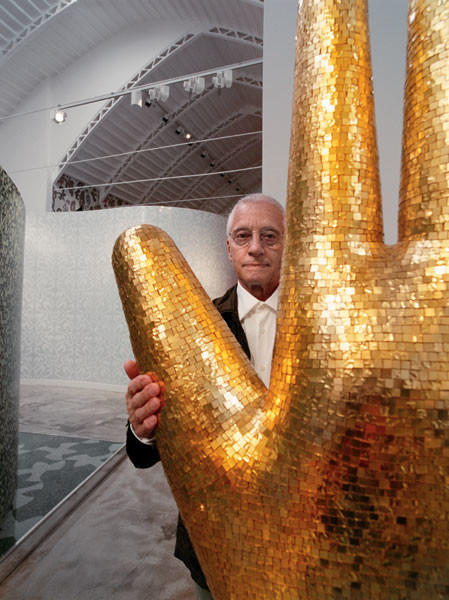
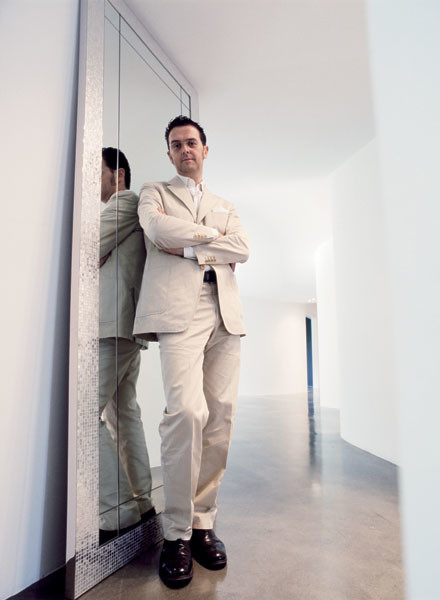
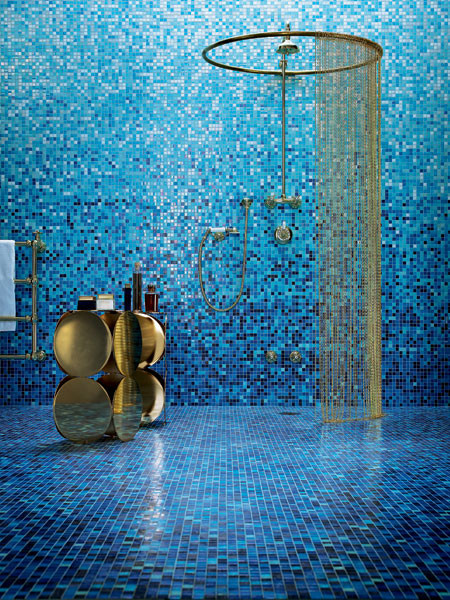

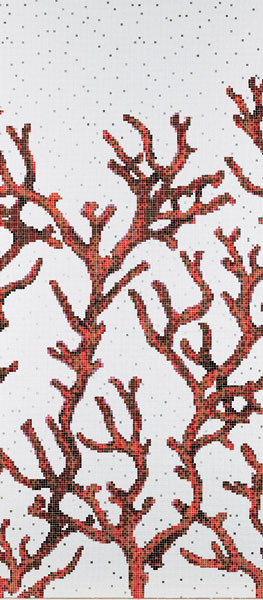
 But that's not all.Bisazza became the first mosaic factory to entrust a woman (the famous Paola Navone) with working with this traditionally male material. Another Amazon, Patricia Urquiola, is not far behind. The mega-constructor she created is capable of replacing walls…What's next? Let's see. The most interesting is always ahead. The Bisazza company is only half a century old. And this, as has already been said earlier, is childhood for mosaics.Dmitry ChernovNext you will find options for practical
But that's not all.Bisazza became the first mosaic factory to entrust a woman (the famous Paola Navone) with working with this traditionally male material. Another Amazon, Patricia Urquiola, is not far behind. The mega-constructor she created is capable of replacing walls…What's next? Let's see. The most interesting is always ahead. The Bisazza company is only half a century old. And this, as has already been said earlier, is childhood for mosaics.Dmitry ChernovNext you will find options for practical

Making Money with Desserts: Success Stories
Evgeniya Polischuk (Fedutinova) instagram:@evgeniyafedutinovavk.com/janeshomebaking– It all started with baking for family and friends. Gradually, I started posting photos of my baked goods on Instagram – and orders started coming in. I made my first custom-made cake on October 13, 2014, and a little earlier I started making macaroons and cupcakes. You could say that the business “found me”, I am very […]

Soups are cold recipes with photos
Cold cucumber soup with yogurt and lemonsorbet from the chef of the restaurant La Taverna Alexander Zhurkin Photo: Getty Images Ingredients: Plain yoghurt – 125 g Cucumber – 150 g Lemon/lime sorbet – 50 g Cocktail shrimp – 24 g Fresh ginger juice – 1 g Lime juice – 5 g Fresh orange juice – 5 g Parsley – 1 g Pink pepper – 1 g Watercress – […]

barbeque kebab
Pork tenderloin in glaze Photo:Dmitry Bayrak/dbstudioPreparation time: 20 minutes + marinating time.Calories: 454 kcal per serving.For 4 servings: 4 pork tenderloins (approximately 300 g each), 1 onion, 2 cloves of garlic, 1 tsp. lemon zest, 1 tsp. lemon juice, a pinch of ground cumin, coriander and turmeric, 1 tbsp. vegetable […]

Pierre Duacan: dietary recipes: Ducane diet
Beetroot soup Photo:Season’S, Luxury Hotels RepresentationYou will need:· Boiled beetroot – 60 g· Fresh cucumbers – 20 g· Red radish – 20 g· Green onions – 10 g· Egg – 1 pc.· Drinking mineral water – 200 g· Salt – 1 gPreparation:· Boil the egg and beetroot.· Grate the cucumbers, radish and part of the beetroot. Put everything […]





